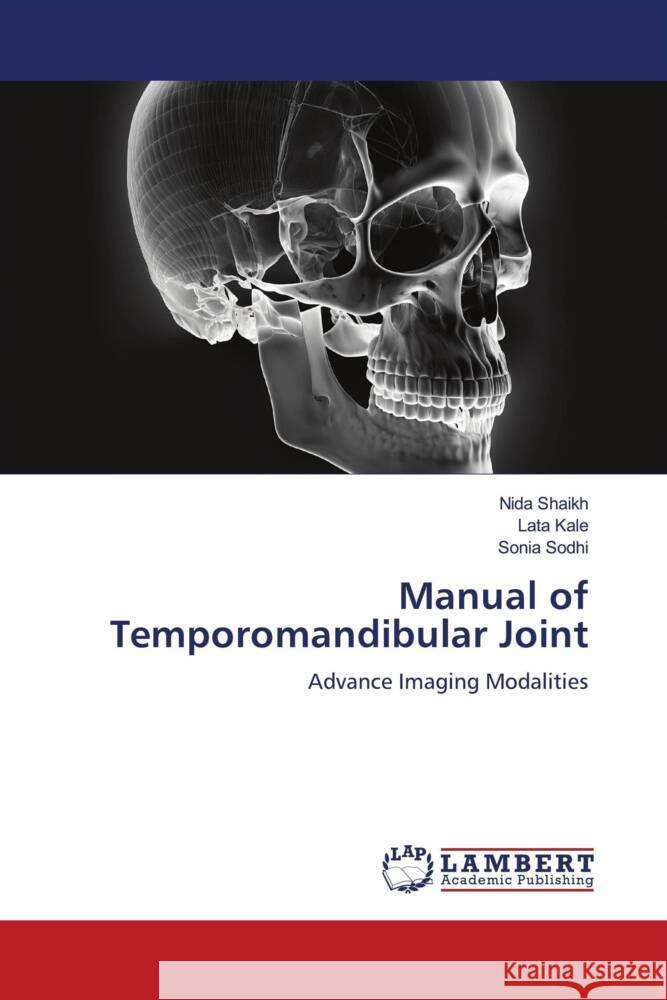Manual of Temporomandibular Joint » książka
Manual of Temporomandibular Joint
ISBN-13: 9786206178880 / Angielski / Miękka / 152 str.
Our understanding and interest in the diagnosis and management of patients with various types of temporomandibular joint (TMJ) disorders has increased as research has identified structural abnormalities and disease mechanisms associated with some of these disorders. Along with these discoveries, imaging modalities of the TMJ have continued to evolve during the past decade with remarkable progress. With the advent of newer techniques and computer enhancements, TMJ imaging has enabled a better appreciation for TMJ anatomy and function. Correlation of these images with clinical findings has led to an improved understanding of the pathophysiology of TMJ disorders. A variety of modalities can be used to image the TMJ, including plain film, panoramic radiography, arthrography, conventional radiography, computed tomography (CT), cone beam CT, ultrasonography, magnetic resonance imaging (MRI) and nuclear medicine.











